Your help helps us to inform the story
From reproductive rights to local weather change to Huge Tech, The Unbiased is on the bottom when the story is creating. Whether or not it is investigating the financials of Elon Musk’s pro-Trump PAC or producing our newest documentary, ‘The A Phrase’, which shines a light-weight on the American girls combating for reproductive rights, we all know how essential it’s to parse out the information from the messaging.
At such a crucial second in US historical past, we’d like reporters on the bottom. Your donation permits us to maintain sending journalists to talk to each side of the story.
The Unbiased is trusted by Individuals throughout the complete political spectrum. And in contrast to many different high quality information shops, we select to not lock Individuals out of our reporting and evaluation with paywalls. We imagine high quality journalism needs to be out there to everybody, paid for by those that can afford it.
Your help makes all of the distinction.
Learn extra
When Dame Mary Quant’s miniskirt made its debut on the streets of Chelsea within the mid-Nineteen Sixties, it was as scandalous because it was fashionable.
The high-rise hemlines weren’t only a risqué vogue selection.
They had been a logo of youth and freedom, ushering in a brand new period the place politics, gender and social norms had been completely re-examined.
Because the mini marks 60 years because it made its mark on Britain, right here’s a glance again on the skirt’s sartorial story all through the a long time.
1910s
open picture in gallery
On the flip of the century, floor-grazing skirts had been nonetheless favoured by Edwardians.
However when the First World Warfare erupted in 1914, practicality trumped vogue, and girls adopted lighter materials and shorter lengths appropriate for work and uniform.
After 1915, ankle-length skirts had been typically thought to be eveningwear, and for the subsequent 50 years, what was regarded a ‘modern size’ would oscillate and even gave technique to an financial idea referred to as the ‘hemline index’.
Nineteen Twenties
Within the Nineteen Twenties, the flapper hemline hit on or above the knee, which was thought-about to be avant-garde and fairly stunning.
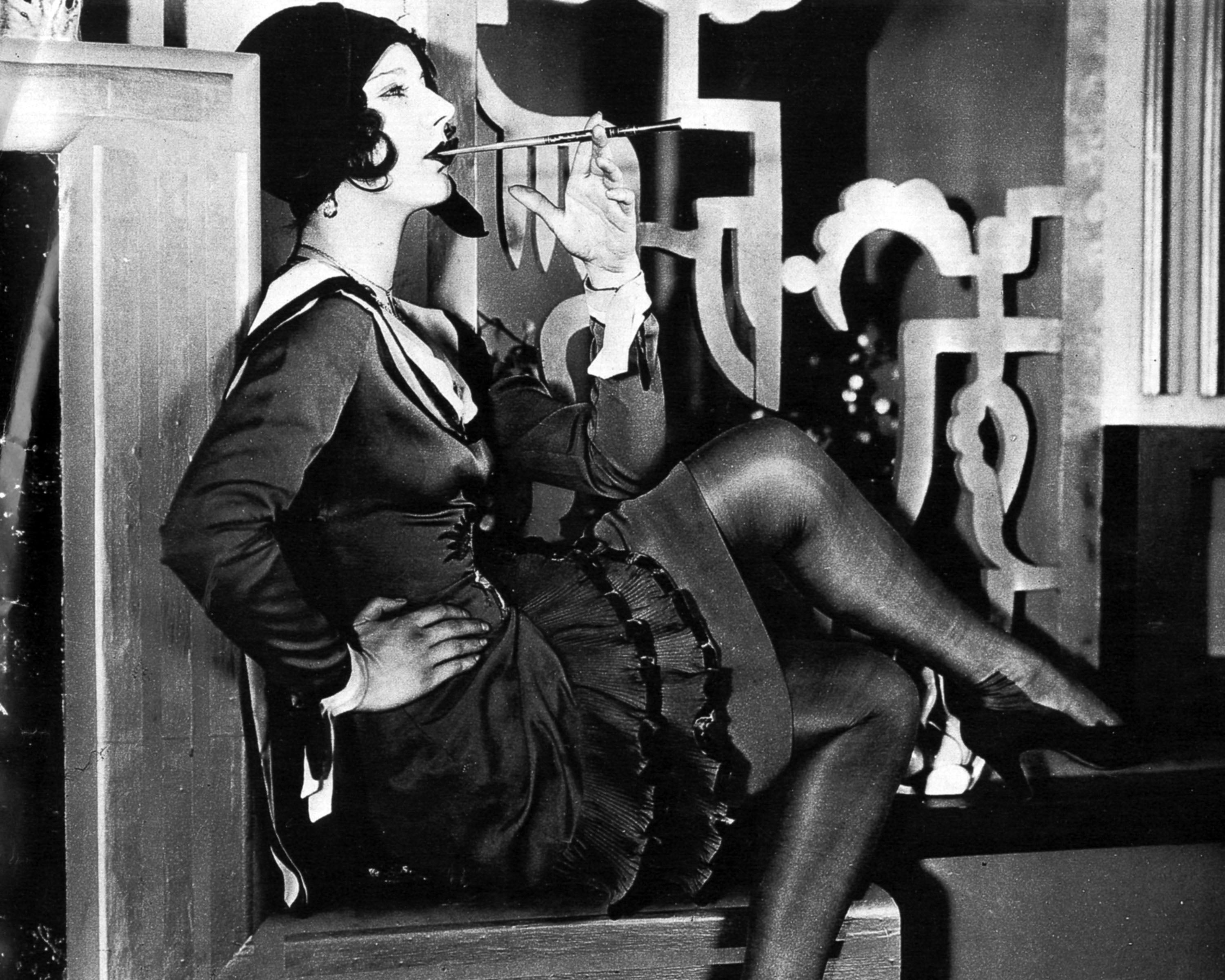
open picture in gallery
It was in 1929 that the economist George Taylor printed ‘Vital post-war modifications within the full-fashioned hosiery trade’ the place rising hemlines had been seen as instrumental in fuelling the booming hosiery market of the Nineteen Twenties.
This contributed to the idea referred to as the ‘hemline index’, which posited the modern size of a skirt rises with inventory costs, and therefore falls when the inventory market is in bother.
All through the Twenties, post-war prosperity gave rise to freer silhouettes like drop waists, and thus knee-skimming skirts turned in vogue.
Thirties and Nineteen Forties
On the finish of the roaring Twenties nevertheless, an extended interval of recession referred to as the Nice Melancholy hit the united statesand seeped into the remainder of the western world.
All through the Thirties, in accordance with the hemline index, skirt lengths dropped as fewer individuals may afford hosiery, and conservative types had been favoured.
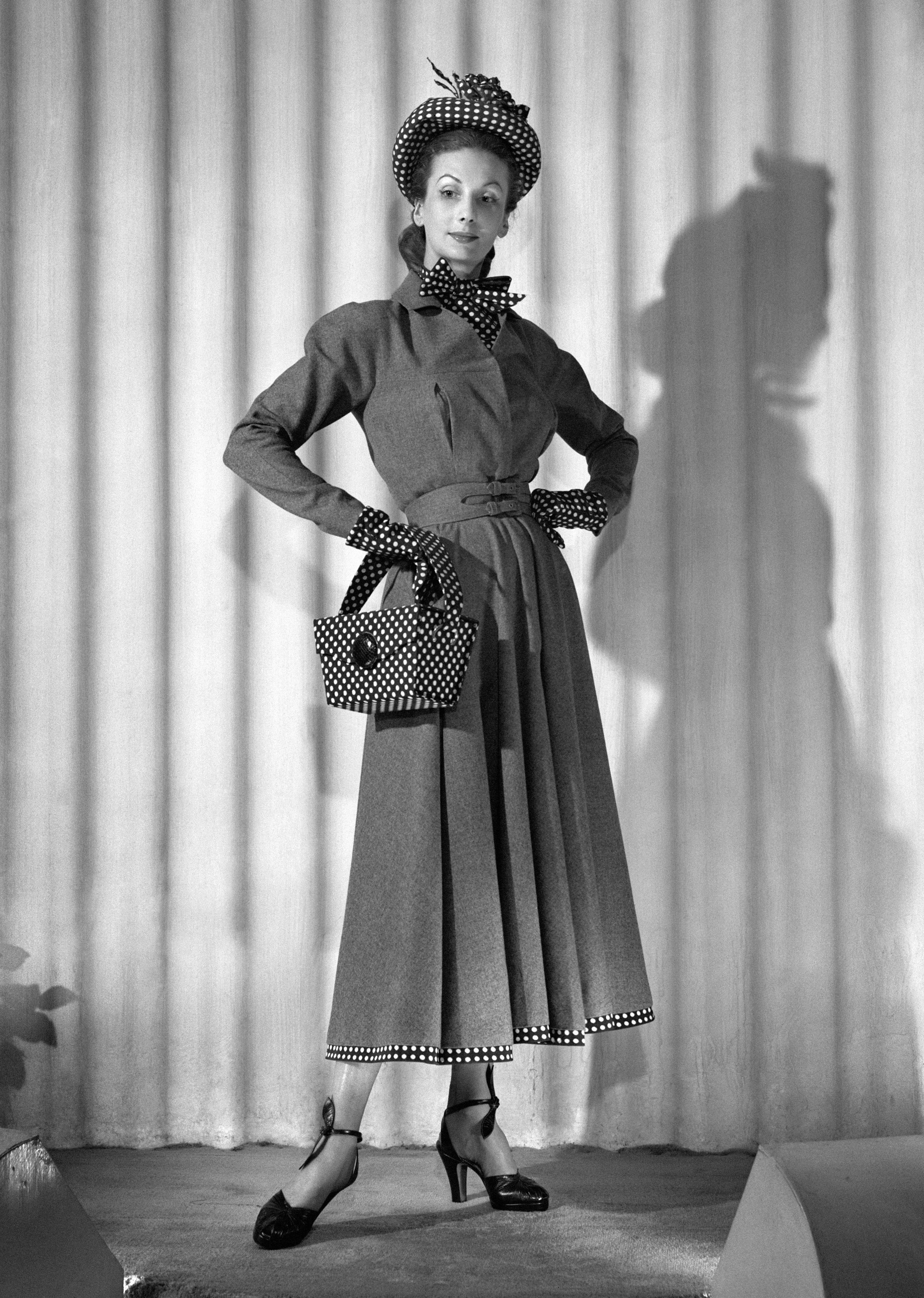
open picture in gallery
This wasn’t common nevertheless as, in 1939, the start of the Second World Warfare meant some skirts did turn out to be shorter, reflecting the necessity for much less material and the growing variety of girls getting into the workforce, the place they wanted ease of motion.
Nineteen Fifties
Because the Second World Warfare drew to a detailed, the ‘Golden Age of Capitalism’ noticed an uncommon increase in wealth, employment and consumerism in Europe and north America.
The voluminous A-line, tea-length skirt turned iconic, impressed by Christian Dior’s ‘New Look,’ skirts celebrated home opulence and represented a return to conventional and ornamental concepts of femininity.
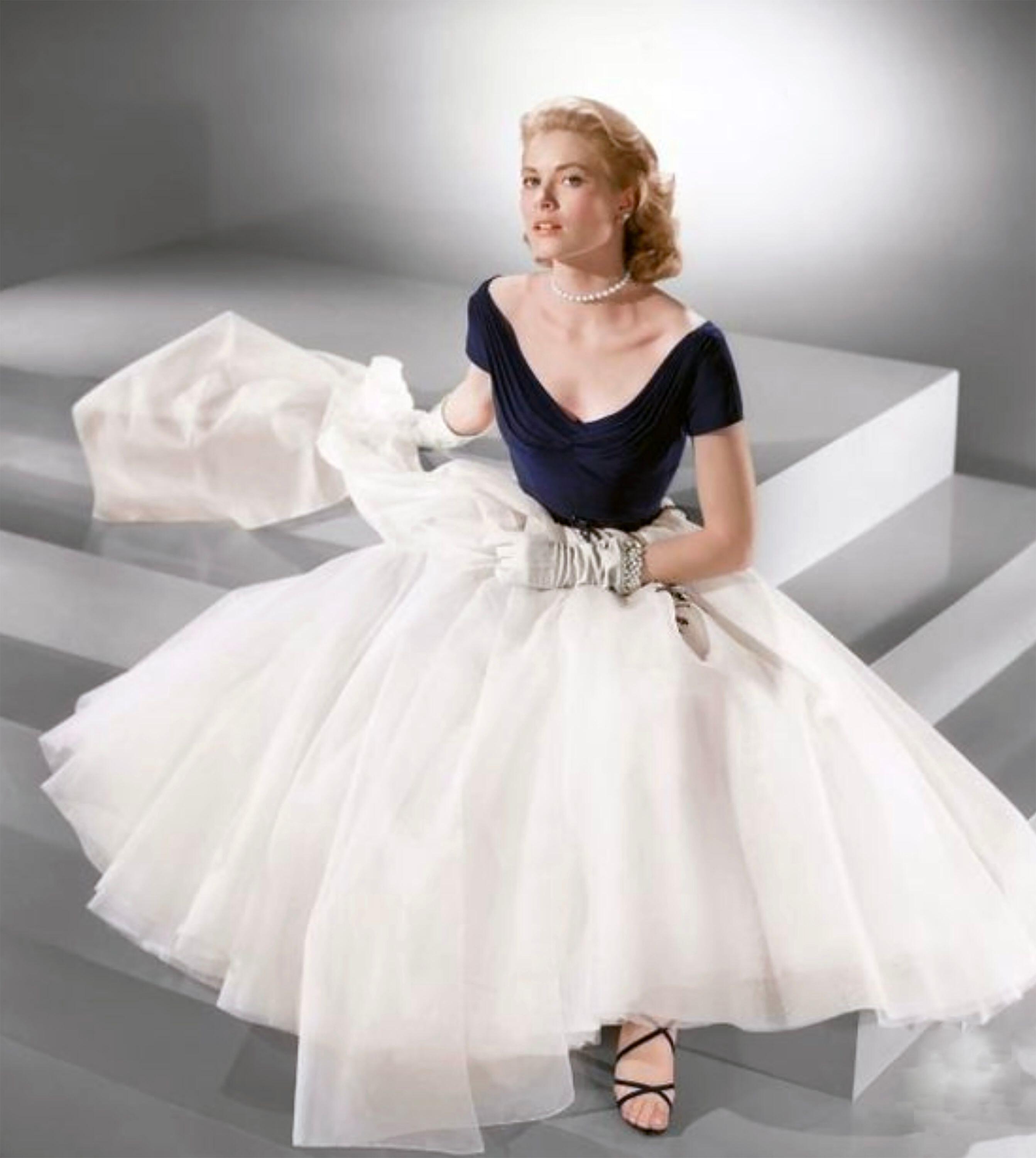
open picture in gallery
As a substitute of hemlines rising, they widened, permitting for fuller skirts with extra material for use.
Wanting again on the reception of his debut assortment, Dior mentioned, “I imagine it was resulting from the truth that I introduced again the uncared for artwork of pleasing.”
Nineteen Sixties
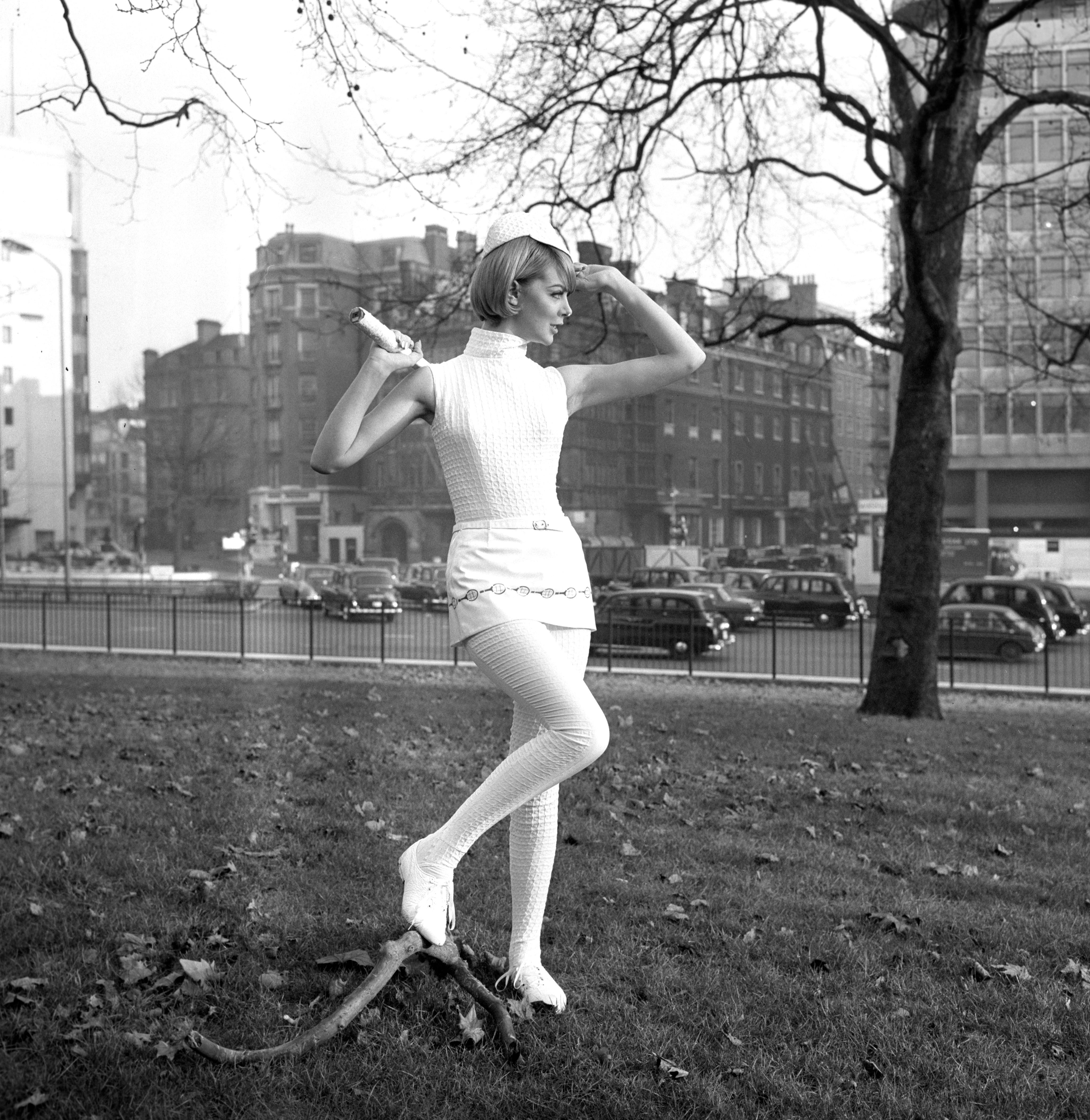
open picture in gallery
Within the Nineteen Sixties, the skirt had a brand new look as soon as once more, when British designer Dame Quant launched the ‘mini’ (named after her automobile, a Mini Cooper) – a skirt that sat six inches above the knee.
Dame Quant wasn’t essentially the inventor of this model nevertheless, her French rival André Courrèges launched an identical model in 1964, whereas Northumberland-born designer John Bates has additionally been credited with launching the reduce.
Extraordinarily brief skirts, some as a lot as eight inches above the knee, turned commonplace on the streets of Britain by the mid-Sixties.
Younger girls who wore these brief skirts had been dubbed “Ya-Ya women”, a time period derived from “yeah, yeah” which was a well-liked catcall on the time.
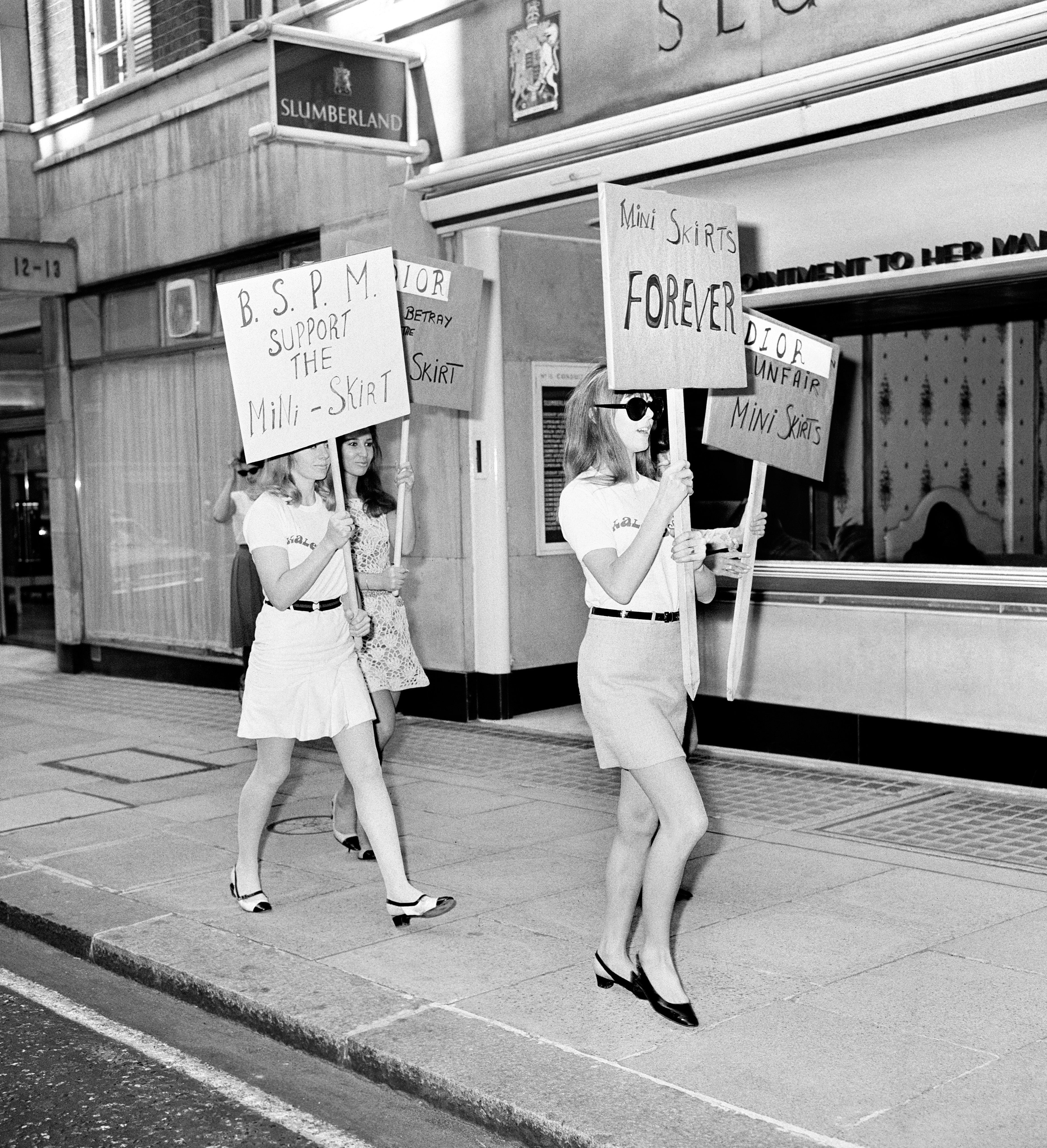
open picture in gallery
This stunning pattern additionally aligned with the hemline idea, as Britain’s GDP steadily grew, dwelling requirements rose and unemployment dropped all through the last decade.
Nineteen Seventies
The Seventies oscillated between mini A-lines and lengthy, floaty maxis spurred on by ‘flower energy’ politics. Hemlines fluctuated mirroring the risky markets of the last decade.
Tory Prime Minister Edward Heath oversaw an vitality disaster, a monetary crash and the nation’s second miners’ strike in two years.
And whereas Labour’s Harold Wilson acquired the nation again to work, it got here on the value of inflation at nearly 30 per cent and a bailout from the Worldwide Financial Fund.
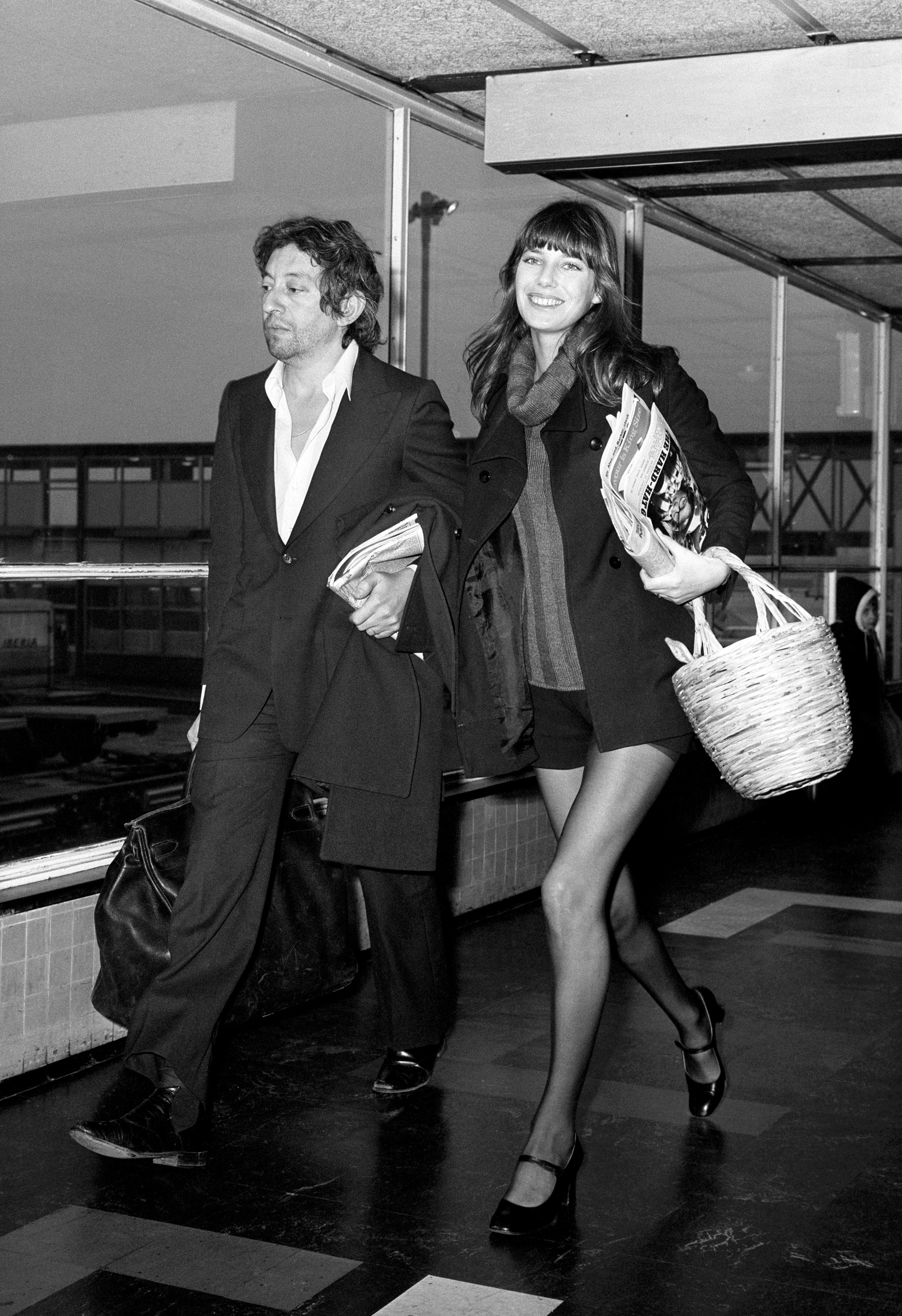
open picture in gallery
The return to longer skirts, subsequently, was seen by some as a symbolic retreat from the optimism of the swinging Sixties.
As Britain confronted energy cuts, three-day weeks and rising unemployment, youth tradition pushed again with romanticism and home made or second-hand vogue.
The ‘DIY’ aesthetic of patchwork and block-print items echoed the rising mistrust the general public had for consumerism and large enterprise, as classic vogue turned a cost-conscious selection for a lot of.
Nineteen Eighties
Within the Nineteen Eighties, shorter skirts turned in style once more alongside the free market increase spurred on by Ronald Reagan within the U.S. The last decade noticed the return of the miniskirt, notably the rara skirt – a brief ruffled skirt, which is as soon as once more making a comeback at present in 2025.
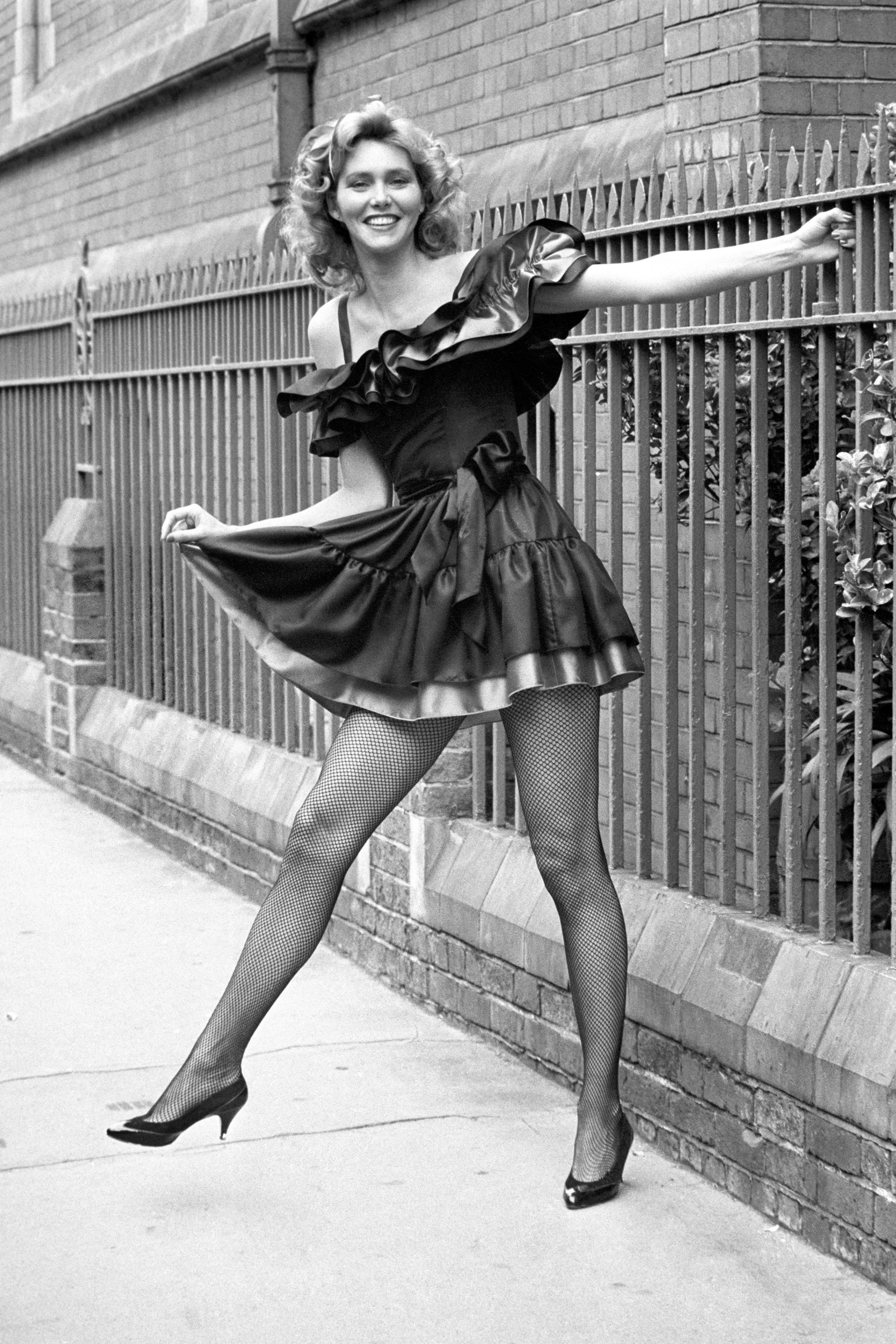
open picture in gallery
The financial despair of the late Nineteen Seventies nevertheless helped gas the punk motion. Designers like Vivienne Westwood and Malcolm McLaren redefined the skirt fully – shredding it, slashing it, pairing it with security pins and anarchic slogans.
There was additionally the extra formal miniskirt of the Nineteen Eighties, linked to the shoulder-padded fits of the time and the rise of ladies within the boardroom.
The brief skirt – whether or not slashed or tailor-made – turned a vivid assertion of political and social defiance.
Nineties
The Nineties noticed minimalist slip skirts and relaxed, ankle-skimming lengths return because of the grunge motion.
The ‘much less is extra’ aesthetic dominated the runway, seen in designers like Calvin Klein and Jil Sander, and mirrored by high-street chains like Marks & Spencer.
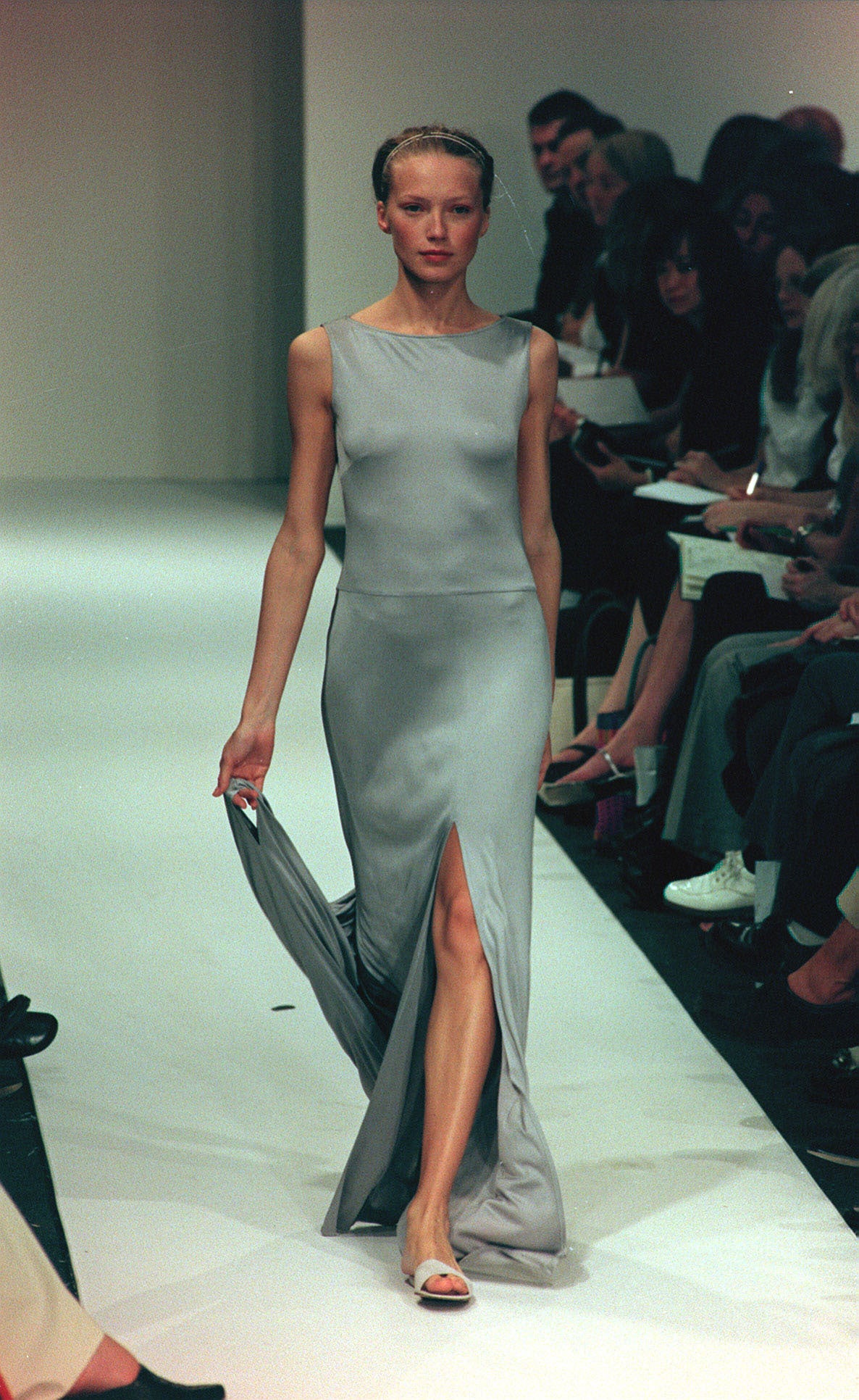
open picture in gallery
The conservative silhouette arguably mirrored the company sobriety in a time of financial restraint and restoration.
It was much less in regards to the skirt itself and extra about the way it was styled.
Flannel shirts had been tied over floral midi skirts, whereas vivid black liner accessorised gothic lace, as an anti-fashion aesthetic born from an period of thrifting and rejection of Eighties extra.
By the mid-Nineties, with Britain below New Labour, Cool Britannia in full swing and Tony Blair’s optimistic financial messaging dominating, skirt lengths began to rise as soon as once more.
The mini made a daring comeback – popularised by Clueless co-ords, Spice Women popular culture and Britpop icons like Kate Moss.
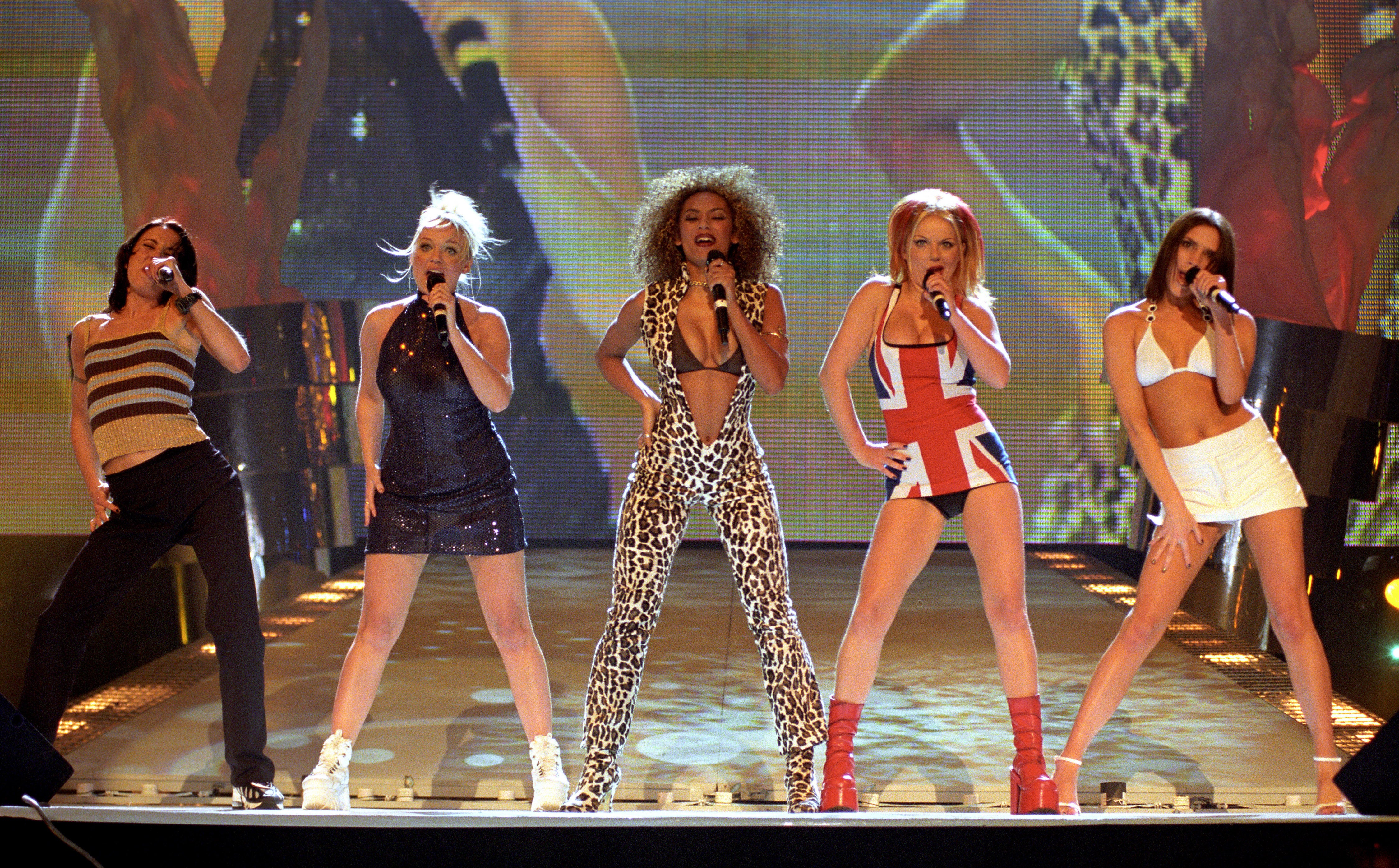
open picture in gallery
It was playful and consumer-driven, coinciding with rising disposable earnings, the explosion of on-line high-street vogue – referred to as the ‘dotcom bubble’ – and a return to fast-paced markets.
2000s
By the 2000s, miniskirts acquired much more mini, as ultra-low rise waists and high-rise hems had been the most important tendencies of the last decade.
Impressed by the likes of Intercourse and the Metropolis and Paris Hilton, skirts had been shorter, shinier and extra risqué than ever. They had been emblematic of a tabloid-fuelled, celebrity-obsessed period the place private picture was all the pieces.
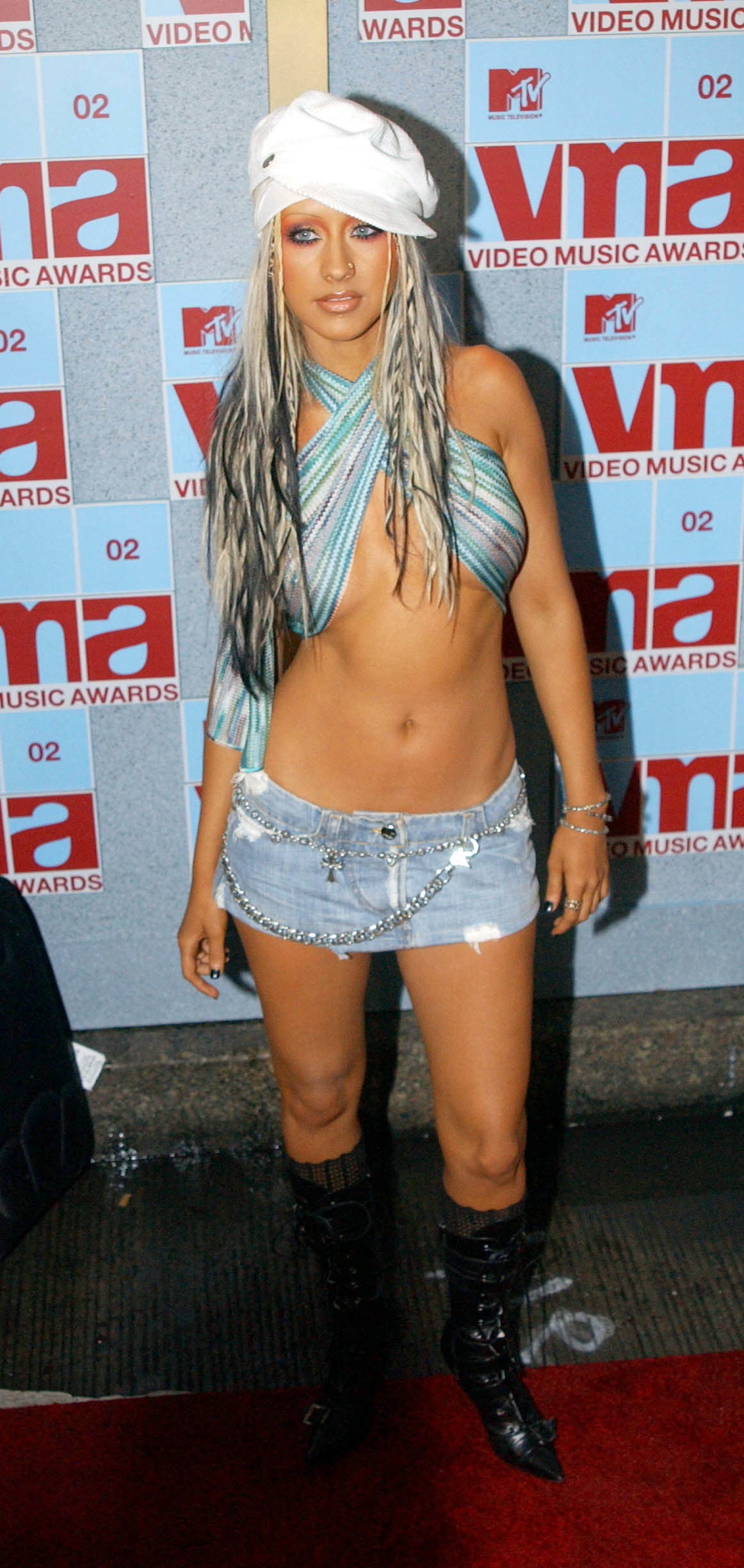
open picture in gallery
Retailers like Topshop, New Look and Miss Selfridge flourished, collaborating with ‘it’ woman names like Moss and Lily Allen.
Nonetheless, when the worldwide monetary disaster hit Britain onerous in 2008, vogue sobered up. Out went the frills and sequins and in got here smooth and subdued silhouettes.
2010s
The pencil skirt and A-line skater skirt turned wardrobe icons of the 2010s. Following the recession, ‘enterprise informal’ turned massive, as many had been streamlining their wardrobes to work each out and in of the workplace.
The shift in spending habits meant individuals had been investing in additional basic, sturdy items. This was evident on the finish of the last decade, as ‘quiet luxurious’ and ‘cottage-core’ turned a few of the largest tendencies, seeing an increase in milkmaid model and streamlined midi skirts.
Distinguished figures like Meghan, Duchess of Sussex and popular culture media like Succession helped push this good aesthetic.
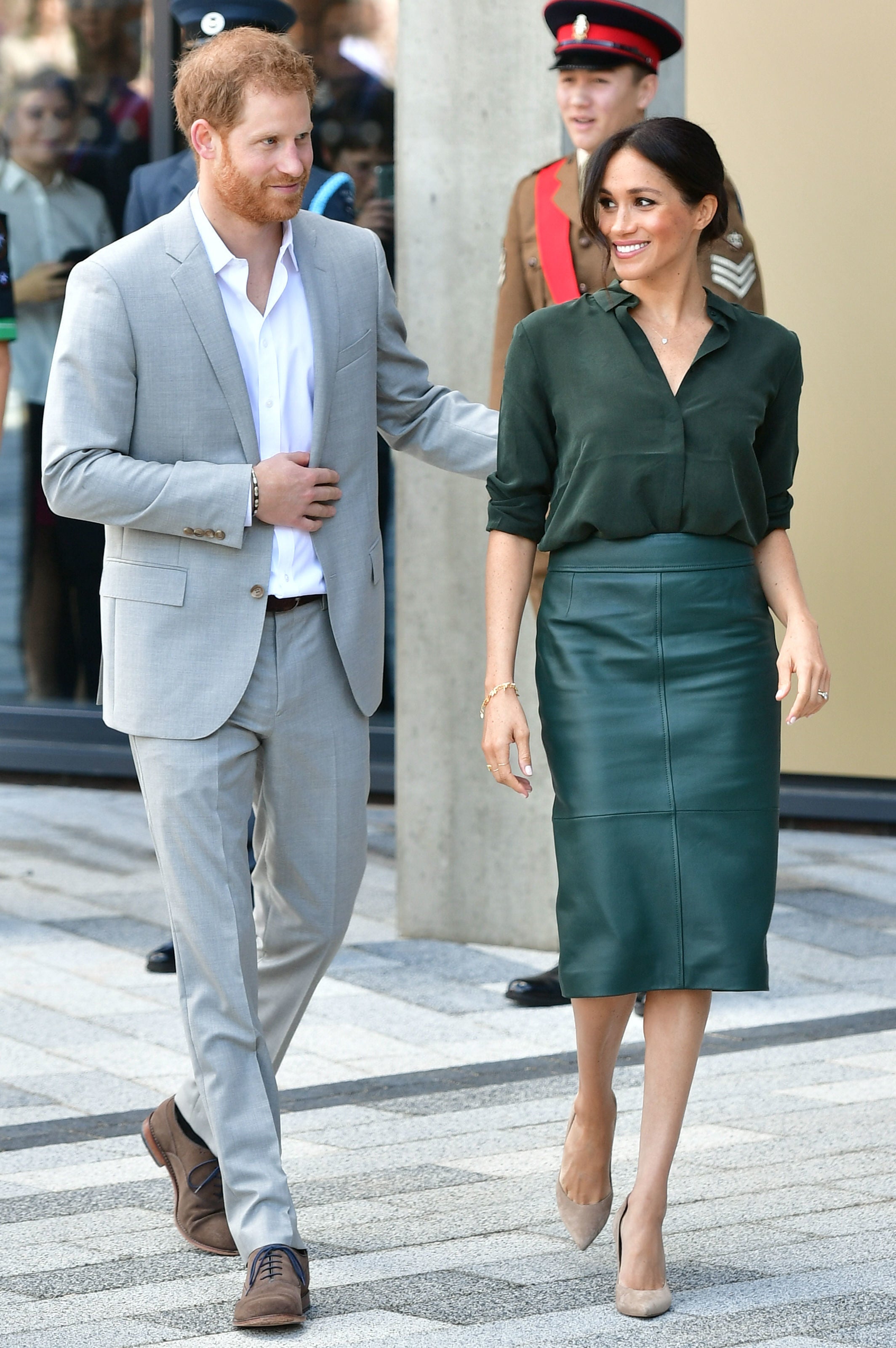
open picture in gallery
Whereas many economists on the finish of the twentieth century had been sceptical in regards to the hemline index, in 2010, two teachers on the Erasmus College of Economics (Marjolein van Baardwijk and Philip Hans Franses) examined knowledge of vogue magazines towards measures of GDP from 1921 to 2009.
Their research argued that the hemline lengths had been certainly an correct reflector of financial fluctuation.
Nonetheless, they discovered these altering tendencies in skirt size usually lag three years behind market shifts, fairly than being an instantaneous impact.
Put up Covid-pandemic, nevertheless, skirt types are extra diversified than ever, reflecting a world of interconnected cultures which may now not be outlined by a single financial narrative.
Due to this, some are touting the uneven hemline to be a staple model of the last decade, whereas others imagine the rise in sheer and lace maxis is emblematic of our more and more obfuscated society.
As we transfer by way of the 2020s, it’s clear that the skirt is now not merely rising or falling with GDP, however splintering and mirroring a world of fragmented economies, aesthetics and identities.
The skirt appears to have turn out to be a logo of who we’re – and who we’re selecting to be.





